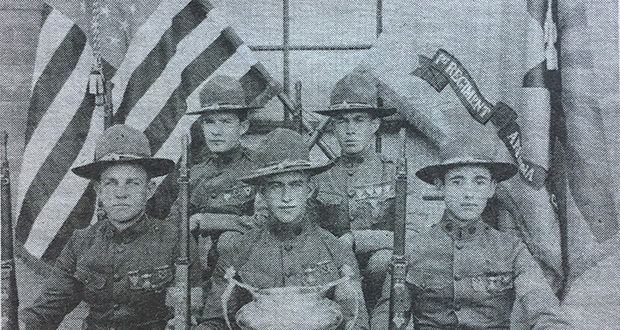Northern Arizona’s scientists’ delight
Arizona Capitol Reports Staff//December 26, 2008//[read_meter]
Northern Arizona’s scientists’ delight
Arizona Capitol Reports Staff//December 26, 2008//[read_meter]
U.S. Forest Service researchers collecting data from seedling-count strips in northern Arizona’s Fort Valley Experimental Forest in 1913. Northern Arizona has an amazing array of natural and cultural elements that...
No tags for this post.

















